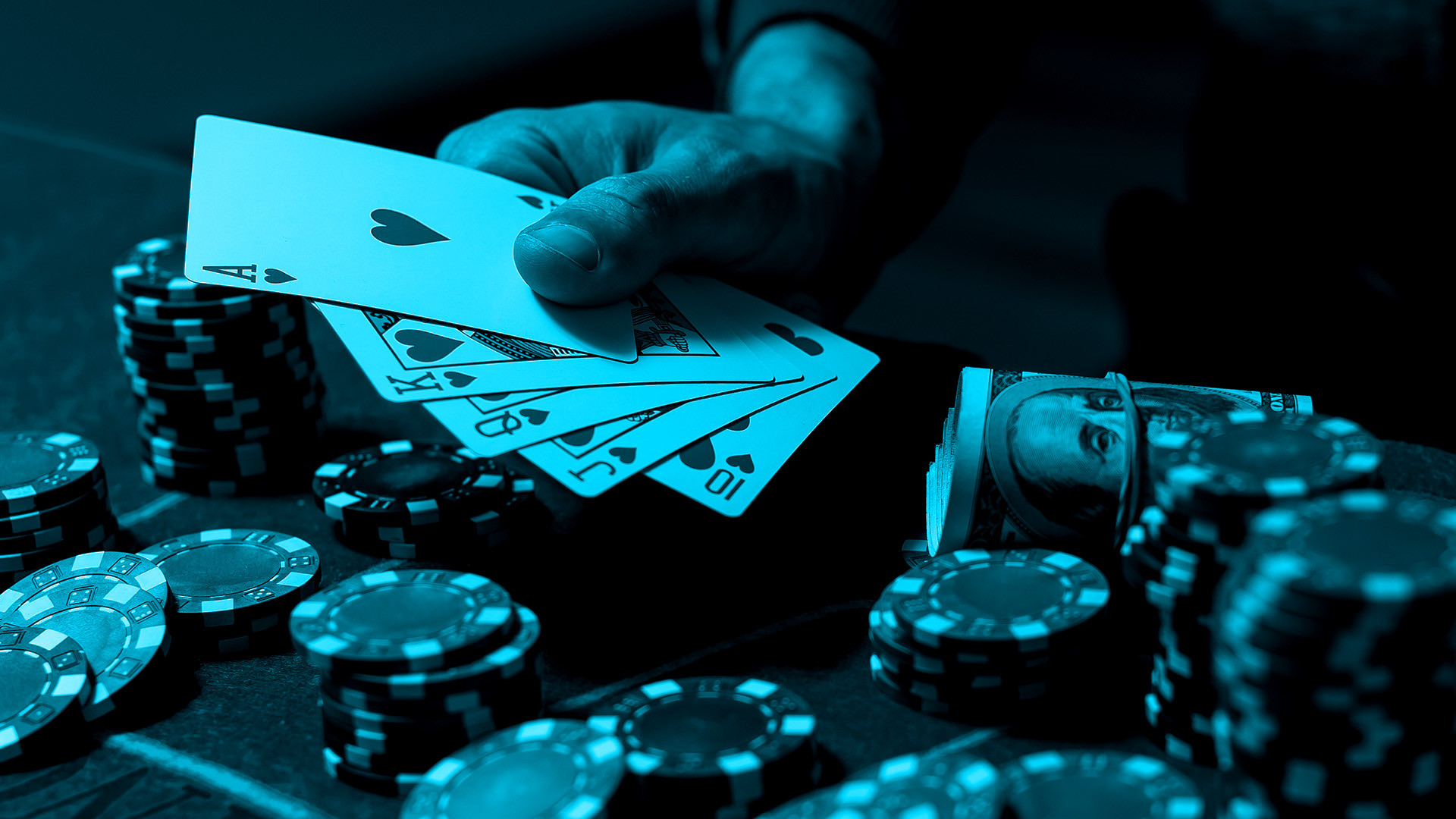
How to Play a 16 Hand in Blackjack
Being dealt a 16 in blackjack is not the most favourable hand, but understanding how to play this hand properly leads to smarter play. A 16 puts the player in a tight spot, with its value being slightly too low to confidently stand against a dealer’s strong upturned card. However, on the flip side, it’s just that bit closer to a potential bust.
Key factors will influence your decision when playing a 16 blackjack hand, such as the table rules of the specific variant you have selected to join, the value of the dealer’s upcard, and whether your 16 is hard or soft. This guide looks at the different variations you could initially receive and how to play a soft or hard 16 in blackjack while considering the dealer’s upturned card value.
The ace in blackjack can count as either 1 or 11 points, depending on the value of the other cards in hand. A soft 16 is where the ace does just that (A-5). Actioning a hit on a soft 16 in blackjack is much less risky, as drawing a 10 would still give your hand a value of 16. A hard 16 is where you have no aces in hand or when the ace can only count as 1 – for example, 9-7 or A-5-10. With a hard 16, there’s no flexibility and hitting could potentially result in a bust.
The different variations of a 16 hand you could receive
Let’s take a look at the various blackjack 16 hands you could initially be dealt:
- 6-10 (hard 16)
- 7-9 (hard 16)
- 8-8 (hard 16)
- A-5 (soft 16)
How to play a 16 hand for each scenario
Next, we’ll look at several scenarios and how to play your hard 16 or soft 16 in blackjack when considering the value of the dealer’s upturned card.
16 hand vs dealer’s 2-6
For a 16 hand vs a dealer’s 2 through to 6: Stand
When playing a hard 16 in blackjack against a dealer’s upturned card of 2 through to 6, the best action is to stand. These are weak cards for the dealer as they’ll need to hit more than once to beat your 16, thus increasing their potential to bust. Letting them do so is the wiser option in this scenario.
However, if you receive a soft 16 (A-5), you can afford to play more aggressively, as your ace can switch values from 11 to 1 where necessary. Therefore, the best play with a soft 16 is to hit.
16 hand vs dealer’s 7
For a 16 hand vs a dealer’s 7: Hit
When playing a hard 16 vs 7 for the dealer, the best course of action is to hit and hope that you draw a 5 or lower. The dealer’s upturned 7 is a strong card, and if they reveal a 10, you’re beaten anyway, which makes the “hit” option more viable.
In the same light, if you’re holding a soft 16, your action should be to hit as your ace can switch values to potentially save you from busting and get you closer to the ultimate 21.
16 hand vs dealer’s 8
For a 16 hand vs a dealer’s 8: Hit
The best action with a hard 16 vs 8 is to hit. The dealer has a strong 8, and with their second card still to be revealed, they have a better chance of getting closer to 21 than you right now. Therefore, the smarter play is to hit and risk the potential bust.
Should you have a soft 16 in blackjack vs the dealer’s upturned 8, the best action is to hit and trust in the ace’s ability to switch values from 11 to 1.
16 hand vs dealer’s 10
For a 16 hand vs a dealer’s 10: Hit
The general rule of thumb for playing a hard 16 in blackjack against a dealer’s 7 through to ace is to hit, so when faced with a dealer’s 10, you should hit even though there’s a strong potential of bust. You’re already at a disadvantage with the dealer’s card yet to be revealed, which could potentially get them much closer to 21 than your 16 hand.
With a soft 16 vs 10, the smarter play is to hit and count on the flexibility of the ace to switch values where needed.
Double down, split or surrender
Not every blackjack table offers the option to double down, but if they do, then we would advise you do so with a soft 16 against a dealer’s upturned card of 4, 5 or 6. Doubling down means that you can double your initial wager in exchange for one additional card only. There’s no expectation for the player to necessarily improve their hand, but there’s an increased chance that the dealer will bust, and it’s about the higher clawback from a potential win.
Some blackjack variants will allow players to split when receiving a pair to make two new hands. This means that you will need to place a further bet to match that of your original stake on your second hand. However, you now have two hands with a value of 8, and you will receive a single card on top of each 8 to play like any other blackjack hand. This is always the smarter play with a hard 16 in blackjack, as splitting 8-8 gives you a better chance of drawing closer to 21 than your original 16.
When a table offers you the chance to surrender, it can make sense to select this if you’re dealt a hard 16 against a dealer’s upcard of 9 through to ace. In this scenario, you will only lose half of your original bet instead of risking it all on the potential bust.